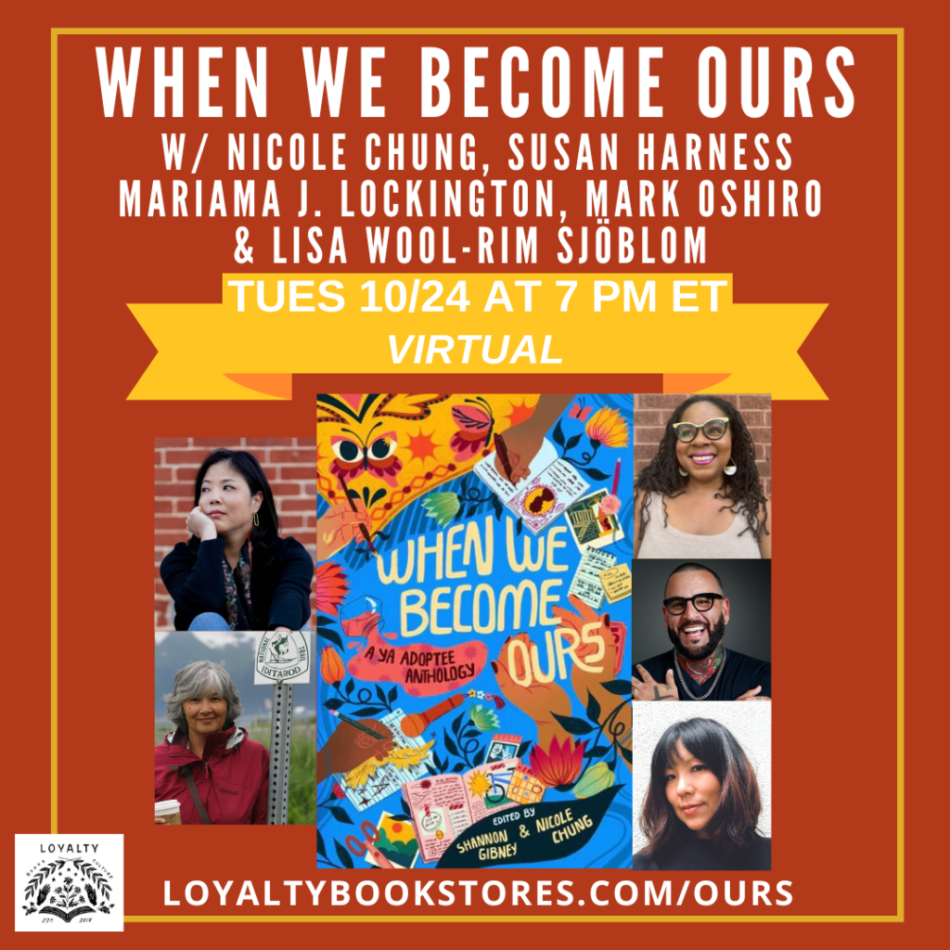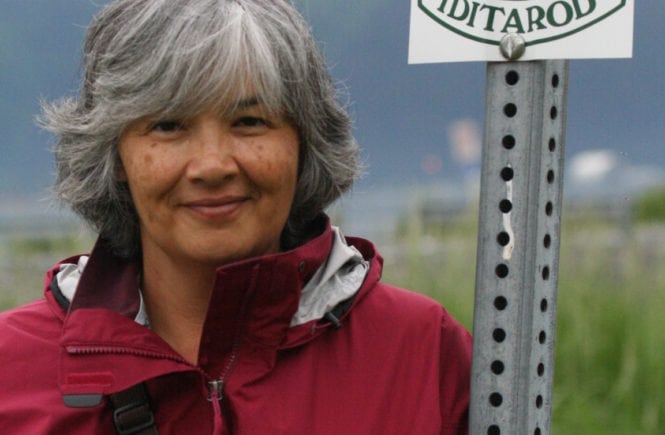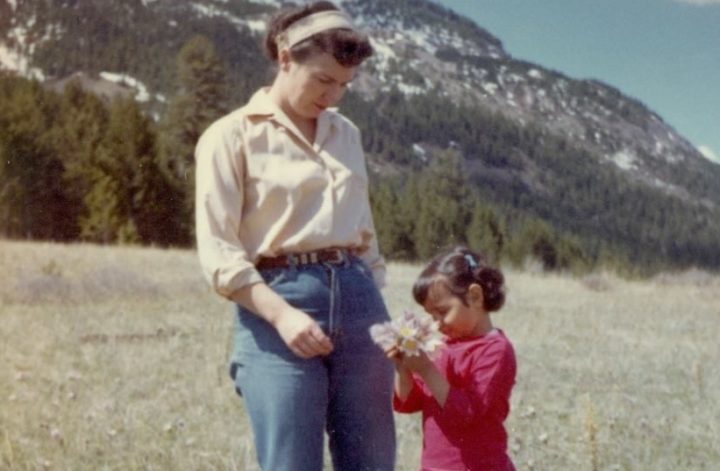I stared at the posts of two of my white friends on Facebook, and my heart dropped. Each post contained what seemed to include supportive at best, innocuous at worst illustrative photos, each began with the right words of racial awareness, both, about midway through, switched so delicately to mirror the structure of white supremacy. These were women I’d known for decades. When I breathed again, I realized I felt a huge level of betrayal to see these posts and illustrations on each of their pages. I’m someone who is willing to allow people that I’ve known for a long time to think what they want to think, within reason. However, when those thoughts directly affect me, or people who look like me in their brownness, I know it is time to speak up about their ignorance, or perhaps outright awareness, of white supremacy. And I’m not just talking about men in white robes and hoods; I’m talking about any white person who holds themselves as superior to a person of culture (replacement of the phrase a person of color).
The belief of white supremacy in the U.S. is rooted deep in our colonizing past, and maintained through how we remember race in this country: the teaching of slavery – not of the landowners; the teaching of Manifest Destiny – not of the people being displaced; the teaching of cheap farm labor – not of the immigrants who saw hard work as a way out of poverty. These omissions replaced by the myth-like inclusions of certain ‘facts’ that skew our perceptions is called social memory. Resmaa Menakem, words, pictures, and sounds that accompany such social memory become banked in our bodies in the form of traumatic response. Through continued brutality of whites on brown and black bodies, our neural system tells us to be scared, to be nervous, to be angry, to react in ways to stimuli others can’t see. So when we see in the media, the murder of George P. Floyd, Jr., at the hands of Derek Chauvin, a Minneapolis police officer, who kneeled on his neck for eight minutes and forty-six seconds as the Mr. Floyd called for help, callied for his mother, and eventually taking a final breath, we have a gut reaction that tells us how to react, and react quickly. Thus the angry protests, the calling out of bigotry, of white supremacy, of white privilege.
However, there are still a lot of who asking, “Why are we still talking about it? We dealt with that in the 60s,” we didn’t. As a culture, we’ve put bandages on the issue of race, but those were only supposed to last through the next election cycle, to keep the crowds contained, to keep belly’s full and body’s tired in order to not think about the distress we feel everyday in our brownness and blackness. That legislation will never really address the issues of race or violence, because it’s like a parent telling a child what they can and cannot do – kind of like “Wear a mask during a pandemic,” “Don’t gather in large groups, during a pandemic.” Addressing such a complicated issue with a history that goes back centuries means groups and organizations can’t solve it; it is only solveable by the individuals. It means that each individual has to take a measure of what they believe, why the believe, how they react in order to unlearn all those harmful, divisive ideas through our structures of white supremacy, such as schools, churches, social groups and universities who teach us knowingly, or most likely, unknowingly to see “white” as “right.”
So in addressing white supremacy, diversity is often the keyword to do so. And most of us see a gathering of people of various skin tones, representations of a larger world. However, Resmaa Menakem, author of My Grandmother’s Hands: Racialized Trauma and the Pathway to Mending Our Hearts and Bodies, asks people in his diversity, equity and inclusion trainings to raise their hands if they believe in diversity. Everyone does. He then asks them not to put their hands down until they can answer, “Diverse from what?” “When you say ‘diversity,” he states, “that means means you start someplace first, and then you diversify from it.”
If you felt a tinge of discomfort with that statement, then you have work to do.
Why is acknowledging white supremacy in our country so critical? Because we need to step up and explore the root causes, in our society, in ourselves. Not because WE have to learn, WE have to be able to teach the next generations of its divisive, abusive and strength-sapping power. That is our job as adults, parents, elders, mentors, teachers and professors. WE have to provide a foundational framework of understanding in order to give our children a strong foundation of understanding and ultimately compassion. We live on one earth, we are truly in this together. We need to start believing it, and to start acting like it. We need to stop the taken-for-granted ideas that ‘othering’ is not just labeling, but labeling ‘others’ is bad. ‘Others’ is anyone who displays difference: people who look different, talk different, are homeless, jobless, impoverished, destitute, lacking education, lacking healthcare, lacking a basic social network of caring. Our history of colonization has actively put ideas in place to ensure that power rests in the hands of old, white moneyed men, but white women are being invited into the top floors of the hierarchy because the “natives are restless.”
Below are questions that are designed to help you explore the level of white supremacy you have hidden in your being through a socialization that regards that supremacy as Truth. Read the questions, write down your answers, stare at them, take stock of your thoughts, your body’s response, the argumentative voices that arise in the back of your throat, and know those are the things you have to work on.
That discomfort you feel is felt by people of culture, of color, every single day of our lives. And it’s time for white America to shoulder that burden.
Exploring your attitude about ‘the other’ (rioters, protesters, homeless, brown, etc.).
- Do you think “those people” are right or wrong in their beliefs? Why?
- What kind of descriptions would you use to describe “those people?”
- What kind of feelings do you have when thinking about “those people?”
- What are some experiences you’ve directly had (not learned about, not heard, not seen on t.v., not a story that a friend told you) that make you describe “those people” the way you do?
- Do you have family members, or friends who have family members who fit the description you have about “those people?” How do you explain them to your children? What kinds of words do you use to excuse or accept their behaviors?
- Why are those words of excuse or acceptance not usable when talking about “those people” to yourself or others?
Putting “those people” into historical context.
- Where have you mainly learned your history? Public school? Private school? Religious education? You hated history so you don’t remember really anything the teacher said?
- Have you ever wondered why “those people” are the way they are (lost, dirty, hungry, pathetic, angry)?
- Have to attended a talk at your child’s school, your church, a local social services program, a local college that explored why people make the choices they do? Did you hear easy answers or answers that created a lot of other questions? The latter is better.
- Have you read any books on the subject of racial history in the U.S. that is discussed from the perspective of “those people” (American Indian history of the 1800s, African American history of the 1700 and 1800s, Mexican American history of the 1800 and 1900s)? If not, go to your library and ask for recommendations. Get yourself educated with the basics.
Getting out of your comfort zone.
- Visit a volunteer opportunity three times and watch how people interact with their clients. Observe the way they interact, ask questions, the tones of their voice. etc. What do you see in terms of compassion?
- Visit your child’s school and ask what kind of resources (books, music, documentaries) they have to inform children of “those people”, such as Native American history month, Black history month, Cinco de Mayo, Chinese New Year, etc. If these choices make you uneasy, sit with that uneasiness and figure out why that reaction exists.
- Attend a church outside of your own, whose parishioners are ethnically diverse. Yes, you’ll feel uncomfortable being a white face in a brown space but know that the people you’re sitting there with feel that every single day of their life. And they make it happen.
- Attend a cultural gathering that is not your own culture – Native American powwows, Cinco De Mayo celebrations, a Black Lives Matter meeting and watch how people interact, listen to what’s important to them, how they view their families. Show an interest in their space instead of expecting them to idolize yours.
Putting it together.
- Write or talk with your family or friends about what you learned. What surprised you. What made you uncomfortable and why? Whether that discomfort was real, or based on things you thought you already knew about “those people.”
- Think about how you would stand up for someone who was being physically, verbally or emotionally attacked, what would you say? What would you do? Put a brown face on that person and ask yourself if that changes anything.
- Dig into your heart, into your soul, to explore why you feel the way you feel about “those people”, put yourself in their shoes, and think about how you would want to be treated. And ask why that would be different from ‘them.’
Compassion is a learned skill. It takes questions and honesty and repetition and practice to undo a lifetime of false knowledge. t takes getting in touch with your humanity and becoming aware of why compassion for every living being is so very important for a working society.
And then taking action.



